Staying in Bed is a Health Risk!
We have some guidelines on how to get moving in hospital using your everyday routine.
Click on the box that matches how you or your loved one moves right now.
I MOVE BY MYSELF OR WITH SOME HELP:
Mobility level A1 or A2
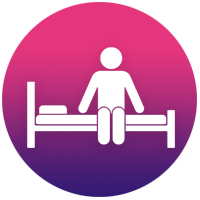
Transfers
- Move out of bed as often as you can.
- If needed:
- Family, visitors or your health-care team can help.
- Walkers and canes are available.
- Use the call bell to ask for help.
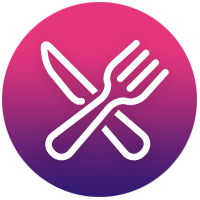
Eating
- Sit in a chair for all meals.
- Even if you are not eating, it is important to get in the habit of sitting during mealtimes.
- Stay sitting for 30 minutes after each meal.
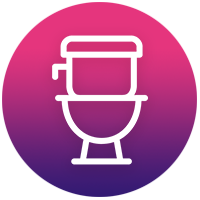
Toileting
- Walk to the bathroom for toileting.
- If you have a catheter or other lines, take them with you or use your call bell to ask for help.
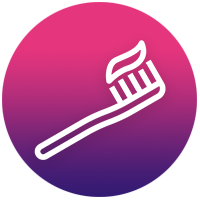
Grooming
- Stand or sit in a chair at the sink to do your grooming activities, such as:
- Brushing your teeth, brushing your hair, washing your face, or shaving your face
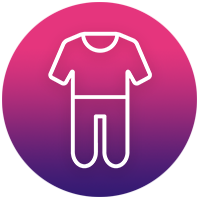
Dressing
- Put on your regular clothes and shoes during the daytime.
- If needed:
- Family or staff can help.
- Sit down in a chair or at the side of the bed while you get dressed.
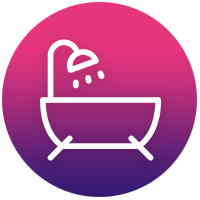
Bathing
- Stand up to shower on your own.
- If energy or safety is an issue:
- Sit on a commode or shower chair
- Family or staff can help or supervise
Talk to the occupational therapist or physiotherapist on your health-care team if you have trouble doing an activity on your own. They can show you tools and give you tips to make these activities safer and easier.
If your family plans to help you with these activities, please have them talk to your nurse or therapist first to make sure they learn how to safely and effectively help you.
I MOVE WITH LOTS OF HELP OR WITH A LIFT:
Mobility level B or C

Transfers
- Make a plan with your health-care team to move out of bed at least once a day.
- Your health-care team and/or equipment can be used to help you move.
- Ask your health-care team if family or visitors can help too.

Eating
- Make a plan to sit in a chair for at least one meal each day.
- If staying in bed:
- Ask for help to sit at the edge of the bed to eat, or
- Use your bed controls to sit all the way up to eat.

Bathing
- Sit on a commode or shower chair to shower.
- If safety or energy is an issue:
- Ask family or your health-care team to supervise.
- Try taking a sponge bath while sitting up.
- Help by moving yourself as much as you can while you get a bed bath.

Grooming
- Sit in a chair at the sink to do your grooming activities, such as:
- Brushing your teeth, brushing your hair, washing your face, or shaving your face
- If staying in bed:
- Ask for help to sit at the edge of the bed, or
- Use your bed controls to sit all the way up and ask for help to set-up the items you need.

Toileting
- Make a plan with your health-care team to move to a commode chair for toileting.
- If you are unable to get up to a commode, help position your body to use the bed pan or urinal.

Dressing
- Help out as much as you can to put on your regular clothes or the hospital gown.
Talk to the occupational therapist or physiotherapist on your health-care team if you have trouble doing an activity on your own. They can show you tools and give you tips to make these activities safer and easier.
If your family plans to help you with these activities, please have them talk to your nurse or therapist first to make sure they learn how to safely and effectively help you.
Track Your Progress!
Set a mobility goal with your nurse, occupational therapist, or physiotherapist.Look for the tracking sheet in your room or ask a team member for one.
You may also download the tracking sheet here (PDF).






